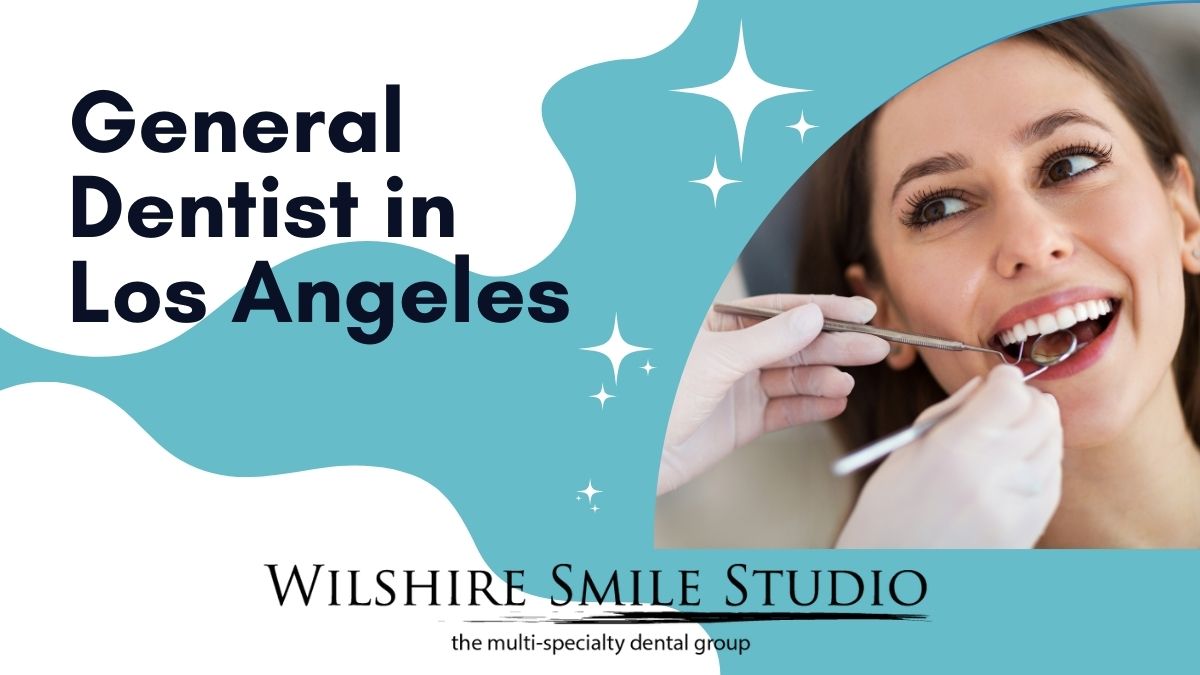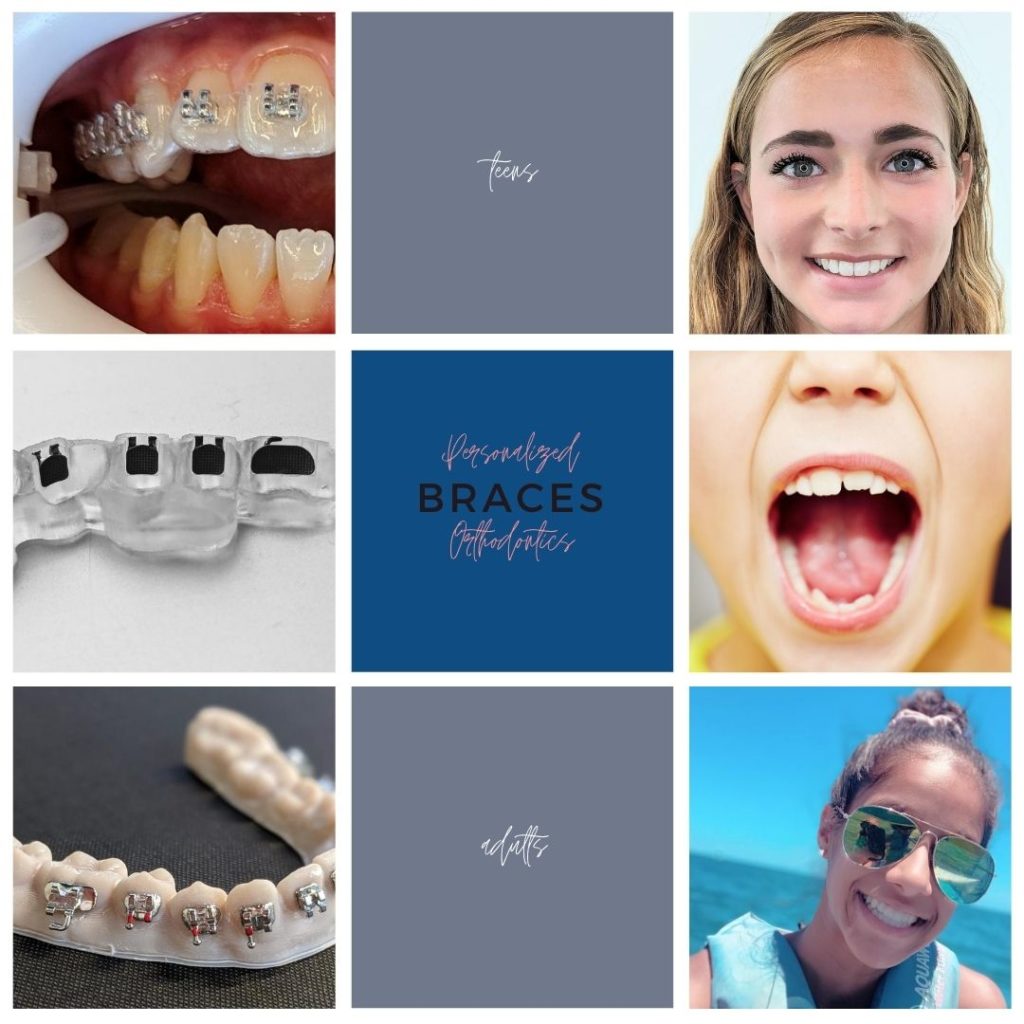The 8-Minute Rule for Legacy Orthodontics
The 8-Minute Rule for Legacy Orthodontics
Blog Article
Legacy Orthodontics Things To Know Before You Get This
Table of ContentsExcitement About Legacy OrthodonticsGet This Report about Legacy OrthodonticsLegacy Orthodontics Things To Know Before You BuyFacts About Legacy Orthodontics UncoveredNot known Facts About Legacy Orthodontics
In addition, we offer adjustable therapy routines, flexible settlement alternatives and a fun, pleasurable experience.An orthodontist is a dental professional educated to identify, prevent, and deal with teeth and jaw irregularities. Orthodontists function with people of all ages, from youngsters to grownups.
Malocclusion, or misaligned teeth, can bring about oral problems, including dental caries, gum tissue illness, and tough or excruciating chewing. Yet not everyone is birthed with straight teeth. If you have a negative bite or large areas between your teeth, you might intend to consult a dental professional focusing on orthodontic treatment.
Unknown Facts About Legacy Orthodontics
( Picture Credit Score: DigitalVision/Getty Images) Orthodontists utilize fixed and removable dental devices, like dental braces, retainers, and bands, to change the setting of teeth in your mouth. Orthodontic therapy is for dental abnormalities, including: Crooked teethBite issues, like an overbite or an underbiteCrowded teeth or teeth that are also much apartJaw misalignmentThe goal of orthodontic therapy is to improve your bite.
A healthy bite ensures you can eat, chew, and speak effectively. While you could think about orthodontists as mostly for children or teens who need dental braces, they can deal with dental troubles at any type of age. Orthodontists go to college, oral institution, and orthodontic college. After graduation, they spend 2 or 3 years in an orthodontic residency program.
, yet not all dentists are orthodontists. They concentrate on 2 areas: How to effectively and securely move teeth How to properly lead growth in the teeth, jaw, and faceOnce an orthodontist has completed training, they have the choice to end up being board licensed.
Examine This Report on Legacy Orthodontics
Malocclusion leads to tooth congestion, a misshapen jaw, or irregular bite patterns. Malocclusion is generally treated with: Your orthodontist connects steel, ceramic, or plastic square bonds to your teeth.
If you have only small malocclusion, you may be able to make use of clear braces, called aligners, rather of traditional braces (https://www.brownbook.net/business/53115690/legacy-orthodontics/). Some people require a headwear to assist relocate teeth into line with pressure from outside the mouth. After dental braces or aligners, you'll need to use a retainer. A retainer is a custom-made device that maintains your teeth in position.
They're usually used on youngsters. They can develop extra area in the mouth without needing to draw teeth. If you have a major underbite or overbite, you may require orthognathic surgical procedure (likewise called orthodontic surgical procedure) to extend or shorten your jaw. Orthodontists use cables, medical screws, or plates to sustain your jaw bone.
You might need to see an orthodontist if you have: Crowding or otherwise enough room for all of your teethOverbite, when your top teeth come by your base teethUnderbite, when your base check my reference teeth are also much forwardSpacing or issues with gapsCrossbite, which is when your upper teeth fit behind your bottom teeth when your mouth is closedOpen bite or an upright void in between your front base and upper teethMisplaced midline, when the center of your bottom and upper teeth don't align Fixing a dental malocclusion can: Make biting, chewing, and speaking easierImprove the balance of our face and your general appearanceEase pain from temporomandibular joint disordersDifferent your teeth and make them easier to cleanse, helping prevent tooth decay or tooth cavities It's commonly a dental professional who first notices misaligned teeth during a routine exam.
The Greatest Guide To Legacy Orthodontics

During your first orthodontic examination, you'll likely have: A dental examPhotos taken of your face and smileDental X-raysPanoramic (360 level) X-rays of your face and headImpressions to develop mold and mildews of your teethThese tests will help your orthodontist know how to wage your therapy. orthodontist. An orthodontist is a dental professional who's had training to treat your teeth and jaw
Orthodontists may perform surgical treatment, exams,X-rays,and even more to assist you acquire a much more comfortable, healthier smile. An orthodontist is concentrated on your bite, so something like a damaged tooth would be dealt with by a dental professional. Orthodontists are dental experts however not all dental professionals are orthodontists. Orthodontists are focused on your bite, or the means your teeth fit with each other, and the straightness of your teeth.
Ever before wondered how celebs constantly seem to have completely straightened teeth? Orthodontists are oral specialists that concentrate on fixing abnormalities in the teeth and jaws.
The Best Strategy To Use For Legacy Orthodontics

While braces are one of the most generally recognized orthodontic treatment, orthodontists have a diverse toolkit at their disposal. The certain strategy chosen depends on the seriousness of the situation, the individual's age, and private choices. These reliable dental braces make use of a system of brackets bonded to the teeth and connected by wires.
These detachable trays are custom-made to progressively change the teeth's placement. In situations of narrow jaws, palatal expanders can be utilized to create room for proper tooth alignment.
Report this page